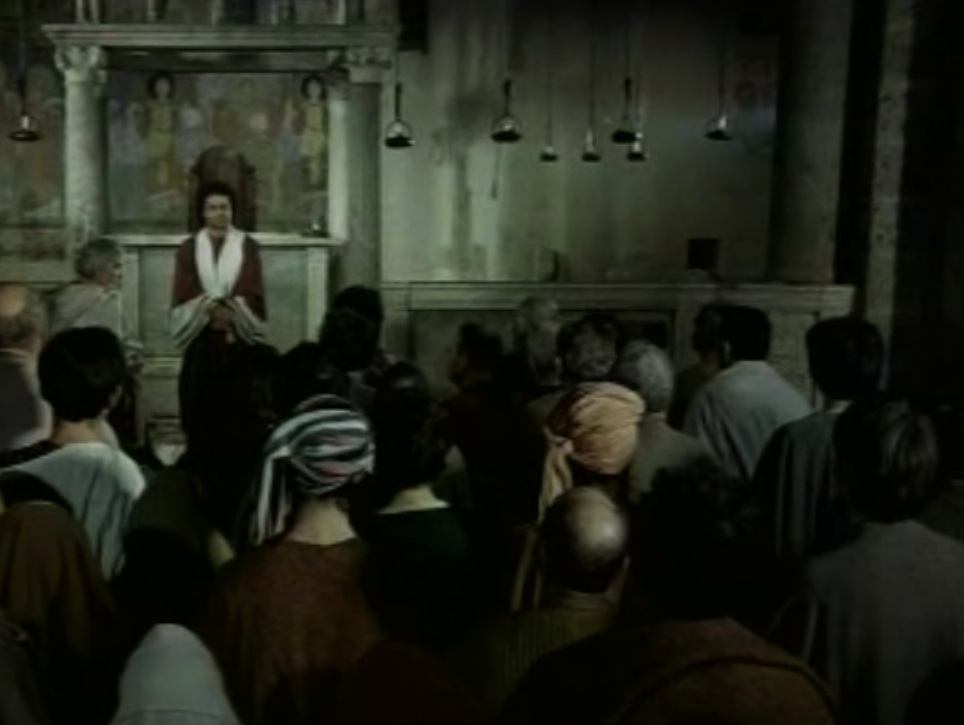It was Peter Stanfield who introduced me to Manny Farber in his module on MA film noir. Farber was a singular film critic, an expressive writer with a keen eye and a talent to capture the formal and emotional tensions that the best movies create.
He was a defender of the virtues of powerful and economic termite art, which he saw as the opposite of pretentious and bloated white elephant art — “Termite-tapeworm-fungus-moss art goes always forward eating its own boundaries, and, like as not, leaves nothing in its path other than the signs of eager, industrious, unkempt activity.”[1] Negative Space contains these perceptive words on the great Raoul Walsh, an artist who produced such an art:
The great traffic cop of movies, keeping things moving, hustling actors around an intersection-like screen that’s generally empty in the center, Walsh’s style is based on traveling over routes which are sometimes accomplished by bodily movement, the passage that a gaze takes, suggested or actually shown, and the movement of a line of dialogue, the route indicated by a gesture.
[...] Birthed in films as a Griffith actor and the director of Fairbanks films, his no-shortcut style is steeped in the silent film necessity for excessive, frantic visual explication, taking nothing for granted.
[...] If hardwares sold a house paint called Gusto, the number one customer would be Walsh: six decades in film using a jabbing, forthright crispness to occasionally vitalize the crudest hack fiction.[2]
_____________________
[1] Manny Farber, Negative Space: Manny Farber on the Movies, expanded edn. (Cambridge, MA: Da Capo Press, 1998), 124.
[2] Ibid., 276-90.










